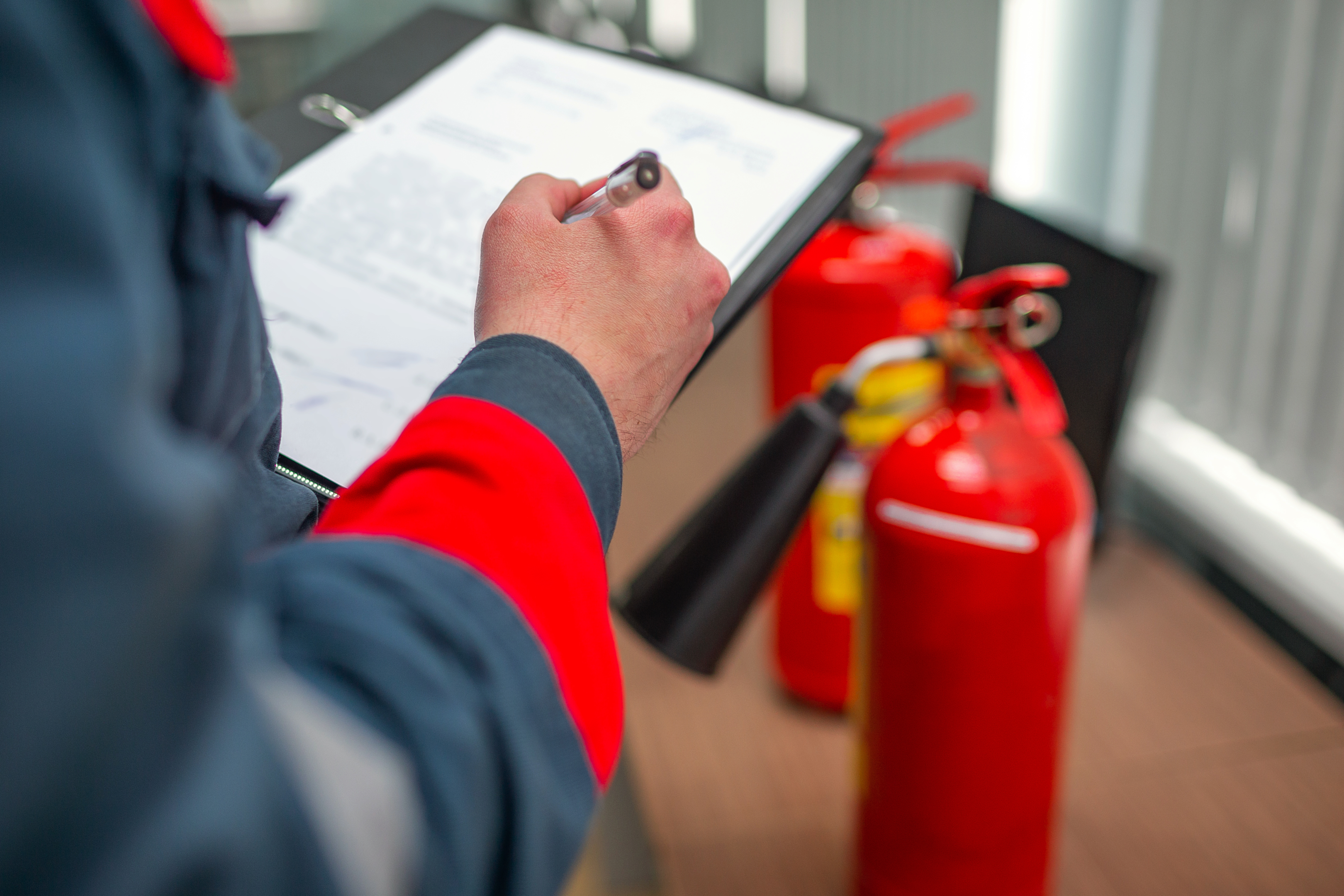
Every year, the week of October 9th is observed as National Fire Prevention Week to promote fire safety awareness among the public. It commemorates the Great Chicago Fire of 1871 – in which nearly 300 people were killed and more than 17,000 structures were destroyed. This year marks the 100th anniversary of Fire Prevention Week – making it one of the oldest and most widely observed public health awareness campaigns in the country.
The National Fire Protection Association (NFPA) has stated that this year’s theme for Fire Prevention Week is – Fire Won’t Wait. Plan Your Escape. The NFPA says that while the campaign has played a vital role in reducing the public’s risk to fire over the years, there are still challenges that need to be addressed, which is what this year’s campaign intends to do.
The Risk of Home Fires

Home fires account for 25% of all fires reported in the country. The presence of hazardous materials can increase the risk of a home structure fire significantly. For instance, oil-based paints and stains tend to oxidize and release heat as they dry. If there is no way for the heat to escape, these substances can spontaneously ignite, resulting in a fire. It’s why homeowners need to store hazardous materials and combustible materials in a safe environment.
Experts say that in the event of a home fire, the occupants only have about two to three minutes to get out safely. Today’s homes burn much faster compared to older homes – largely due to the use of synthetic materials which burn faster than natural wood. It’s why it’s essential for homeowners to be aware of the basics of fire safety and have an escape plan so that they can escape safely in the event of a fire.
The Risk of Fires at Hotels and Motels

With COVID-19-related travel restrictions no longer in place, people have started traveling again and are frequently staying at hotels and motels. Whenever you stay at a hotel, it’s critical to be aware of what you need to do in the event of a fire, so that you can safely escape as fast as possible.
The key elements of an escape plan include:
- Make sure the hotel you stay at has smoke alarms as well as fire sprinkler systems.
- Before you check in, find out what the smoke alarm sounds like, so that you can recognize the sound of the alarm in the event of a fire and escape as fast as you can.
- Find out where the emergency exits are and how far away they are from your room. If any of the exits are locked or damaged, report it to the management immediately.
- Keep your room key with you or close by you, so that you can escape at a moment’s notice if needed.
- If you hear the fire alarm go off, you should get out of the room immediately and close the door behind you.
- Always use the stairs in the event of a fire. Using the elevator can be dangerous, as the fire can short out the electrical system, as a result of which the elevator could get stuck – with you trapped inside.
How Organizations Can Promote Fire Safety Awareness Among Their Employees

Organizations can take several steps to promote fire safety awareness among their employees. These include:
- Educating employees about common fire hazards and the safety measures to be taken to reduce the risk of a fire
- Making sure all employees can recognize the sounds that fire alarms and carbon monoxide alarms make
- Educating and training employees about what they need to do in the event of a fire
- Conducting fire drills regularly
It should be noted that under federal law, any facility which is involved in the manufacturing, storing, and transportation of hazardous materials needs to have a security plan and an emergency response plan in place to reduce the risk of hazmat incidents that can result in a fire.
Employees who handle and transport hazardous materials must undergo hazardous material training at regular intervals, so that they understand the nature of the materials they handle and take all the necessary precautions to identify, label, mark, pack, document, and ship them safely.
Hazmat University Offers Comprehensive and Advanced Online Hazmat Training Courses

As everyone in the hazmat industry knows, fires caused by hazardous materials can be devastating in nature and can put people’s lives at risk. As you observe Fire Prevention Week this year, make sure you learn about the regulatory requirements for classifying, identifying, marking, labeling, packing, documenting, and transporting different types of hazardous materials.
At Hazmat University, we offer the most current, accurate, and comprehensive online training courses that cover all the regulatory requirements for handling and transporting hazardous materials. Our training courses are developed by industry experts with decades of experience. We revise and update our training materials regularly so that you can stay updated on the latest hazmat regulations.
A salient aspect of our online hazmat training courses is that they are not specific to a particular geographic location. No matter where you are, you can sign up for our program, educate yourself, complete the training, and get certified without ever having to leave your home. Our one-of-a-kind Dynamic Learning Environment makes hazmat online training interactive, engaging, and even fun!
To find out more about our hazardous materials training programs and how you can benefit from them, call us today at 844-864-1762 or get in touch with us by filling out our online contact form.